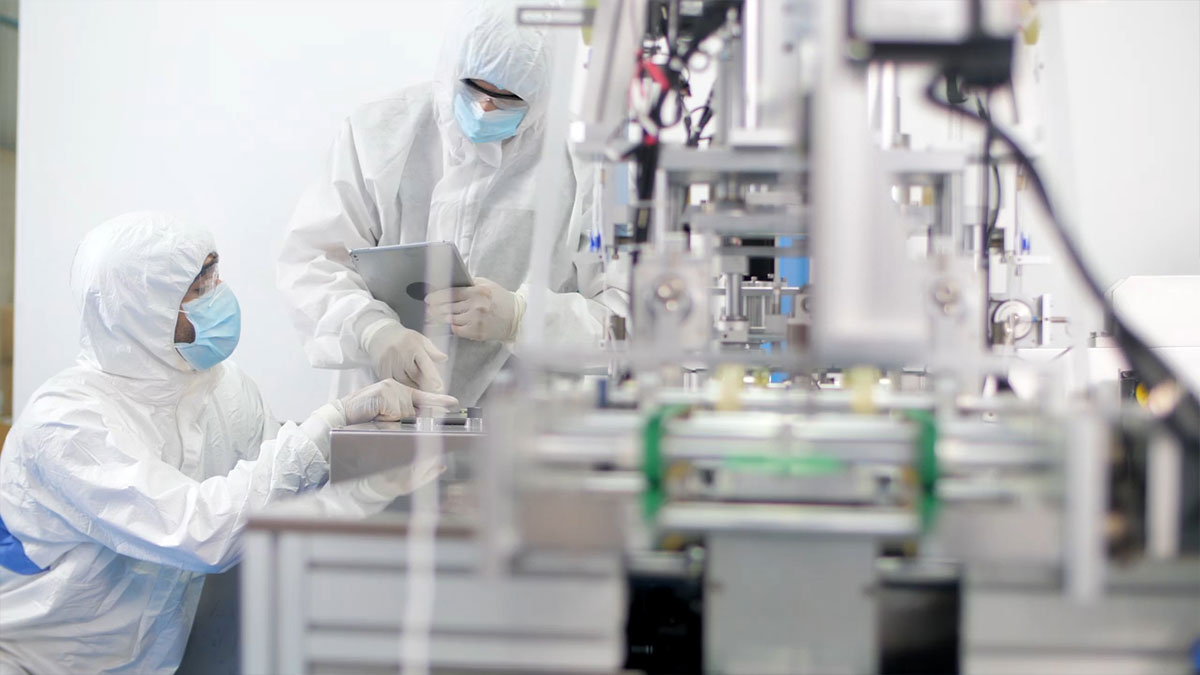5 Best-Tips Against the Worst-Case Scenario
It Pays to Plan Ahead
Disasters come in many forms and happen without notice. No matter the source – fire, tornado, loss of electricity – well-prepared labs have a post-event response plan to mitigate minimal disruption. Follow these five tips, and you’ll be prepared when disaster strikes.
1.) Create a Solid Preparedness Plan
It’s critical to define steps for disaster recovery – from creating a business continuity plan to defining requirements for short- to long-term operations.
It’s always best to consult a team of experts who can assess your situation and begin implementing recovery efforts, supporting business continuity in the short term and complete resolution in the long term.
2.) Maintain Lab Functionality
Disaster prevention strategies are designed to maintain lab functionality and integrity under various conditions of uncertainty. Your recovery plan should take into consideration:
- Workflow and process analyses
- Readiness assessments
- Gap analyses
- Inventory audits
3.) Assess Instrument Damage
Testing labs are nothing without sophisticated instruments. After a disaster, a strategy is necessary to assess the damage and define what is needed to recommission the instruments, such as careful cleaning, repairing damaged components, or declaring the entire lab a loss.
4.) Implement Backup Solutions
Many lab instruments have dedicated computers that analyze and store large amounts of data. Poor disaster planning can result in lost data and months of work wasted.
Implementing cloud-based or backup solutions can prevent data loss. Engaging a reliable recovery team with specialized laboratory IT expertise can accelerate the recovery and restoration process.
5.) Execute a Decommission Plan
Following remediation, it’s important to audit and revalidate lab systems to ensure data integrity. In the case of a complete lab relocation, during a renovation, well-defined requirements enable staging facilities to support operations while the new lab is underway.
Having a process for instrument decommissioning and relocating instruments to a new or temporary location, as well as recommissioning and potentially requalifying instruments upon arrival, makes it easy to get your lab back up and running quickly.
Take Action Before It’s Too Late
Disaster doesn’t discriminate between laboratory assets. Costly instruments, invaluable data, and compliance efforts are all at risk. Developing a comprehensive business continuity and disaster recovery strategy protects your assets and your research.
CLICK HERE for a shareable poster …or dig even deeper into disaster and lab business continuity HERE.

